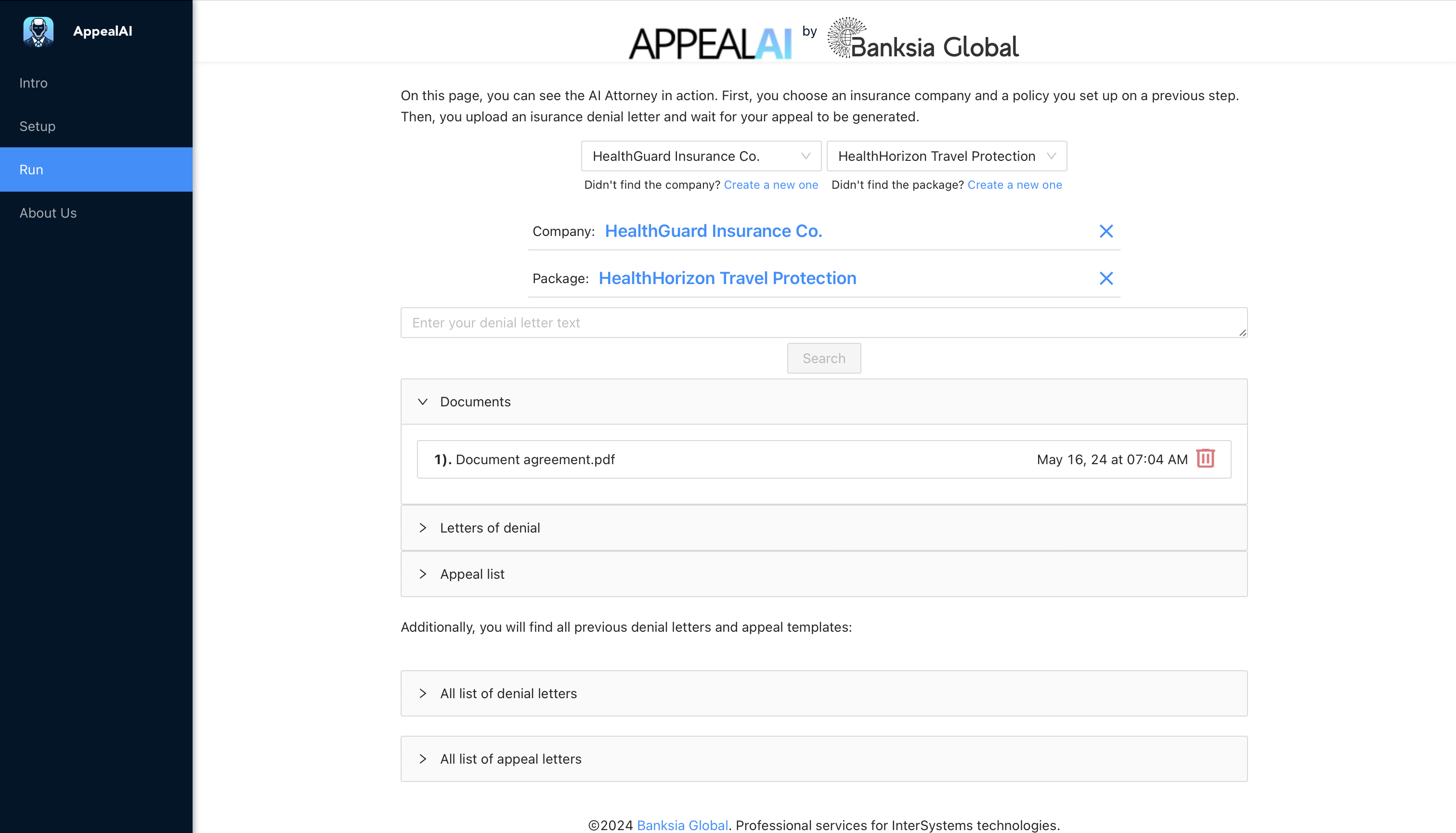February 19, 2025 – Alert: SQL Queries Returning Wrong Results
InterSystems has corrected two issues that can cause a small number of SQL queries to return incorrect results. In addition, InterSystems has corrected an inconsistency in date/time datatype handling that may lead to different, unexpected – yet correct – results for existing applications that rely on the earlier, inconsistent behavior.
DP-436825: SQL Queries with Lateral Join May Return Wrong Results

.png)
.png)
.png)
.png)
